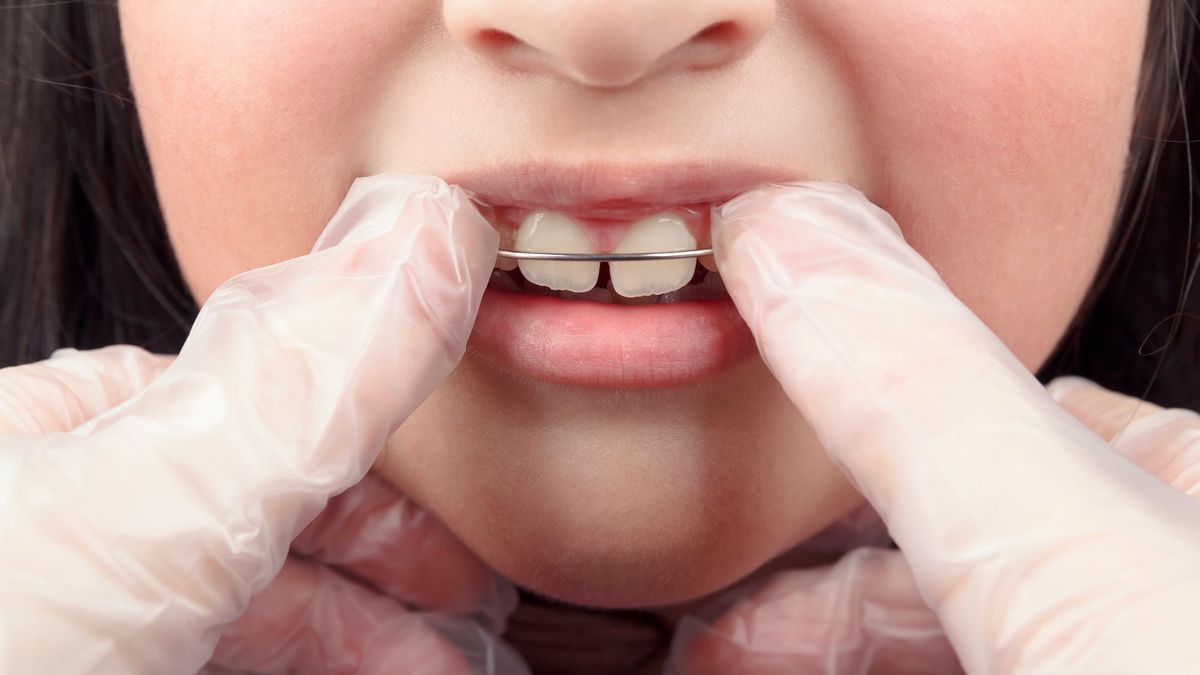
Whether or not to wear braces is a question that comes up in every family as children grow up. But what is little known is that the first consultation can occur sooner than you think.
On May 15, World Orthodontics Day will take place, dedicated to prevention and information, particularly for parents of young children. Does the subject still seem distant to you? It may be that you lack information.
The ideal first date between 6 and 9 years old
According to an Opinion Way study for the French Union of Specialists in Orthodontics (SFSO) carried out in March 2024, more than one in two French people are unaware that the age of the first appointment must take place between 6 and 9 years old, that the child still has primary or mixed teeth.
It is in fact at this age that early treatment can limit the duration of many treatments, lower the financial cost of the latter, facilitate compliance for patients and relieve practices which are facing an unprecedented influx of patients. .
44% of French people still wrongly believe that a child must wait 10 or even 12 years and have a large part of their permanent teeth. “We regularly receive adolescent patients in our offices with dental or maxillary discrepancies that could have been treated more easily at a younger age” notes Dr Gérard Motto, president of the SFSO.
Why schedule an early appointment?
According to professionals, there is no time to waste and it is better to consult an orthodontist early to plan future actions with much more peace of mind. According to the SFSO, this appointment between the ages of 6 and 9 has several specific effects on the dental health of your children:
- Early treatment promotes harmonization of growth. Correcting jaw shifts will limit the importance of orthodontic care at a later age;
- The treatment time will be reduced overall, including when it must be done in several phases during childhood and/or adolescence;
- Early treatment limits the risk of tooth fracture, in fact, good alignment reduces or eliminates the protrusions which expose the teeth during falls;
- Screening makes it possible to identify bad habits, notably thumb and pacifier sucking, which are themselves the cause of orthodontic problems.
- Screening makes it possible to identify more general functional disorders, such as swallowing disorders, chewing, mouth breathing, or even sleep apnea. These pathologies can be treated in coordination with other health professionals.
Last but not least, a correction planned in advance is generally less expensive than during adolescence, since it lasts less time.
Free diagnostics from May 13 to 18
On the occasion of World Orthodontics Day, orthodontists in Europe are mobilizing. The SFSO is offering a week of free diagnostics throughout Europe to engaged orthodontists from May 13 to 18, 2024.
What to expect during this screening session? During this first appointment, a clinical examination is carried out. It includes an examination of the face, profile, smile, facial muscles and tongue, oral and nasal ventilation, swallowing, phonation and jaw articulation, as well as an endoral examination. aimed at evaluating the relationships between each tooth. A panoramic x-ray may also be ordered if necessary.
A good opportunity to take stock of what awaits your child, and to consider a first, gentle approach.
